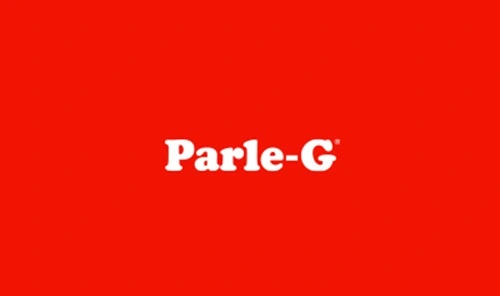Parle Products, the company behind the iconic Parle G brand, has been a cornerstone of India’s biscuit industry for decades. Established in 1929, Parle has built its reputation through quality products at affordable prices, making it a household name. Parle G, its most popular product, is widely consumed across India and internationally. As of 2024, the company remains a dominant player in the biscuit segment, but faces increased competition and market shifts, necessitating a comprehensive SWOT (Strengths, Weaknesses, Opportunities, Threats) analysis to evaluate its future.

Current Overview of Parle G
Parle G, often referred to as the “biscuit of India,” continues to be a market leader with over 14% market share in the Indian biscuit industry. The brand is synonymous with affordability, quality, and nostalgia for many Indian households. Its products are available in over 100 countries, with strong export markets in South Asia, Africa, and Europe. Despite its strong presence, the company faces challenges like increasing competition from brands such as Britannia and ITC, as well as rising operational costs.
Strengths
1. Strong Market Presence: Parle G has an unparalleled distribution network, reaching even the most remote rural areas of India. Its low-cost pricing and availability in small, affordable packs have made it accessible to all income groups, contributing to its massive consumer base.
2. Brand Loyalty and Trust: Parle G enjoys high brand loyalty, having built a reputation for being a trusted, high-quality product for over 90 years. It is often the first choice for many families, and its branding, featuring the famous Parle G girl, resonates across generations.
3. Cost Leadership: One of Parle’s core strengths is its ability to offer products at a low price while maintaining quality. The company’s focus on cost efficiency allows it to remain competitive in a price-sensitive market like India.
4. Wide Product Range: Beyond biscuits, Parle has diversified into snacks, confectioneries, and beverages, catering to various consumer needs. This product diversification reduces business risks and keeps the brand relevant across different consumer segments.
Weaknesses
1. Limited Premium Product Range: While Parle G dominates the low-cost segment, it lacks a strong presence in the premium biscuit category. Competitors like Britannia and ITC have successfully introduced premium products, which Parle has yet to capitalize on.
2. Minimal Marketing Efforts: Parle G has relied heavily on its established reputation and does not invest much in contemporary, aggressive marketing campaigns. While its nostalgic branding has served it well, the company risks falling behind competitors who are more actively engaging with younger audiences through digital platforms.
3. Manufacturing Bottlenecks: As demand continues to rise domestically and internationally, Parle faces challenges in meeting production capacity. Its manufacturing processes are often strained to meet both local and export demands, potentially impacting product availability.
Opportunities
1. Expansion into Premium and Health-Oriented Products: With growing consumer demand for healthier and premium food options, Parle has the opportunity to diversify its product range by offering organic or health-focused biscuits and snacks. This would help it capture a higher-income segment of the market.
2. Increased Focus on International Markets: Parle G has a strong export business, but there is potential for further growth in markets like North America, Europe, and Southeast Asia. Establishing local manufacturing plants in key regions could boost international sales and reduce distribution costs.
3. Collaborations with Schools and Institutions: Parle G can explore partnerships with educational institutions and hospitality sectors, positioning itself as a provider of affordable and nutritious snacks for students and guests. This would help the company expand its sales channels.
4. Leveraging E-commerce: With the rise of online shopping, Parle can strengthen its presence in the e-commerce space by collaborating with major online retailers. Offering exclusive products or subscription models through digital platforms can attract new customer bases.
Threats
1. Rising Competition: The Indian FMCG sector is fiercely competitive, with companies like Britannia, ITC, and Nestlé introducing innovative products. Local and regional players are also gaining ground, offering similar products at competitive prices.
2. Increasing Costs: Rising costs of raw materials and distribution could force Parle to increase its prices, eroding its competitive advantage as a low-cost leader. Any price hikes could push cost-conscious consumers to explore alternatives.
3. Changing Consumer Preferences: With increasing income levels, more consumers are shifting toward premium and healthier snack options. If Parle G fails to innovate and cater to these changing preferences, it risks losing relevance among modern consumers.
Conclusion
Parle G remains a dominant force in the Indian biscuit market, with strong brand loyalty and extensive distribution channels. However, to sustain its leadership, the company must adapt to changing consumer trends by diversifying its product range, investing in premium and health-conscious options, and enhancing its marketing efforts. Expanding into new international markets and leveraging digital sales channels will also be crucial for future growth. By addressing these opportunities and mitigating threats like rising costs and competition, Parle G can continue its legacy as a trusted and beloved brand.